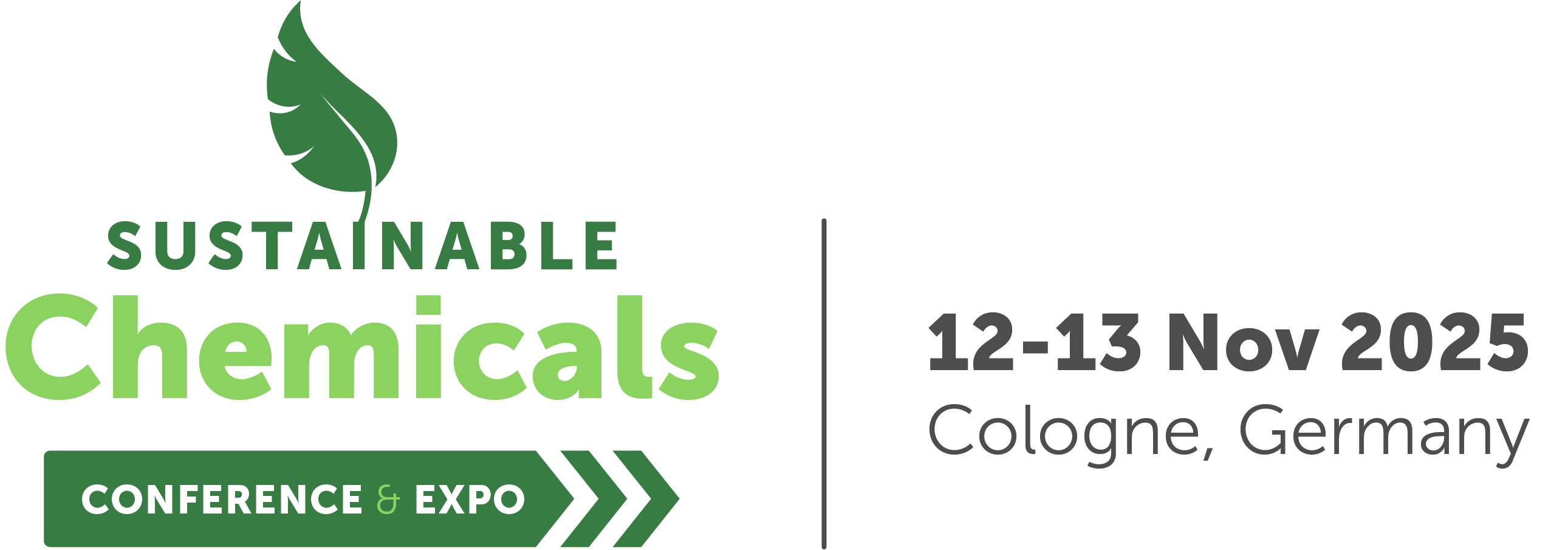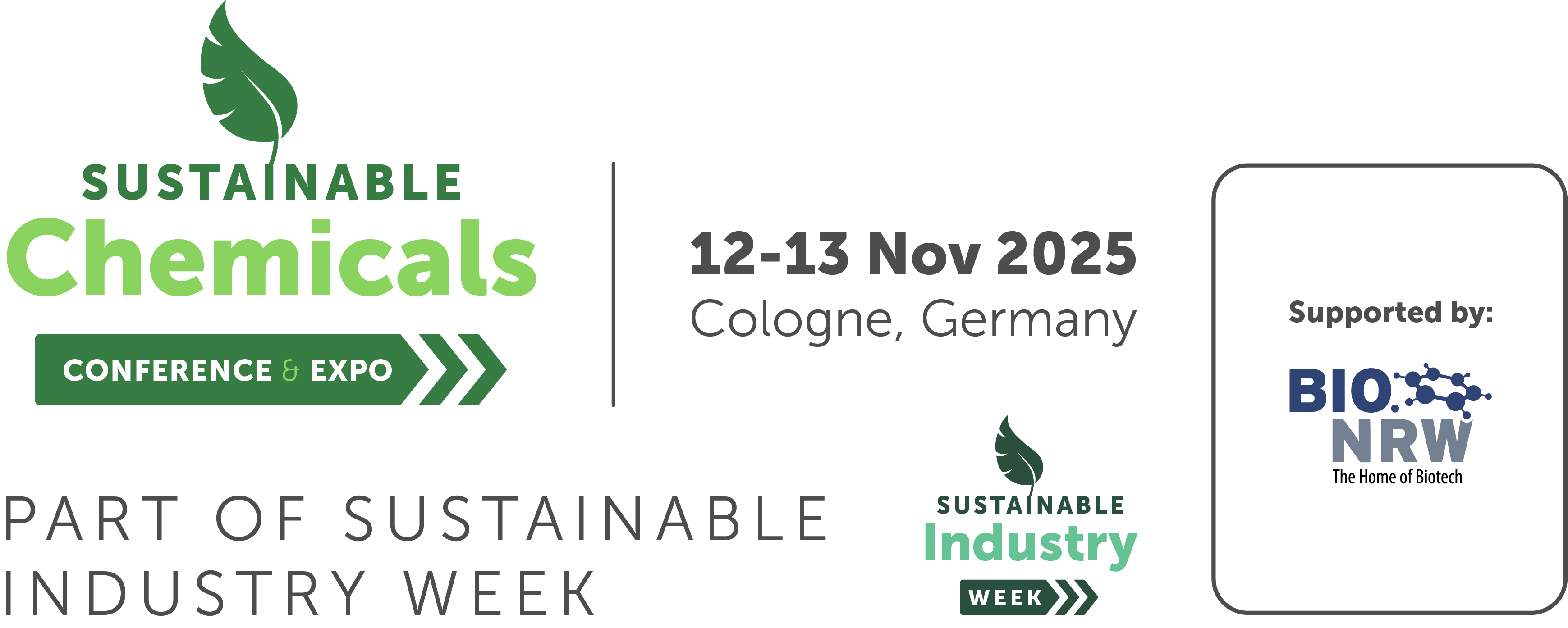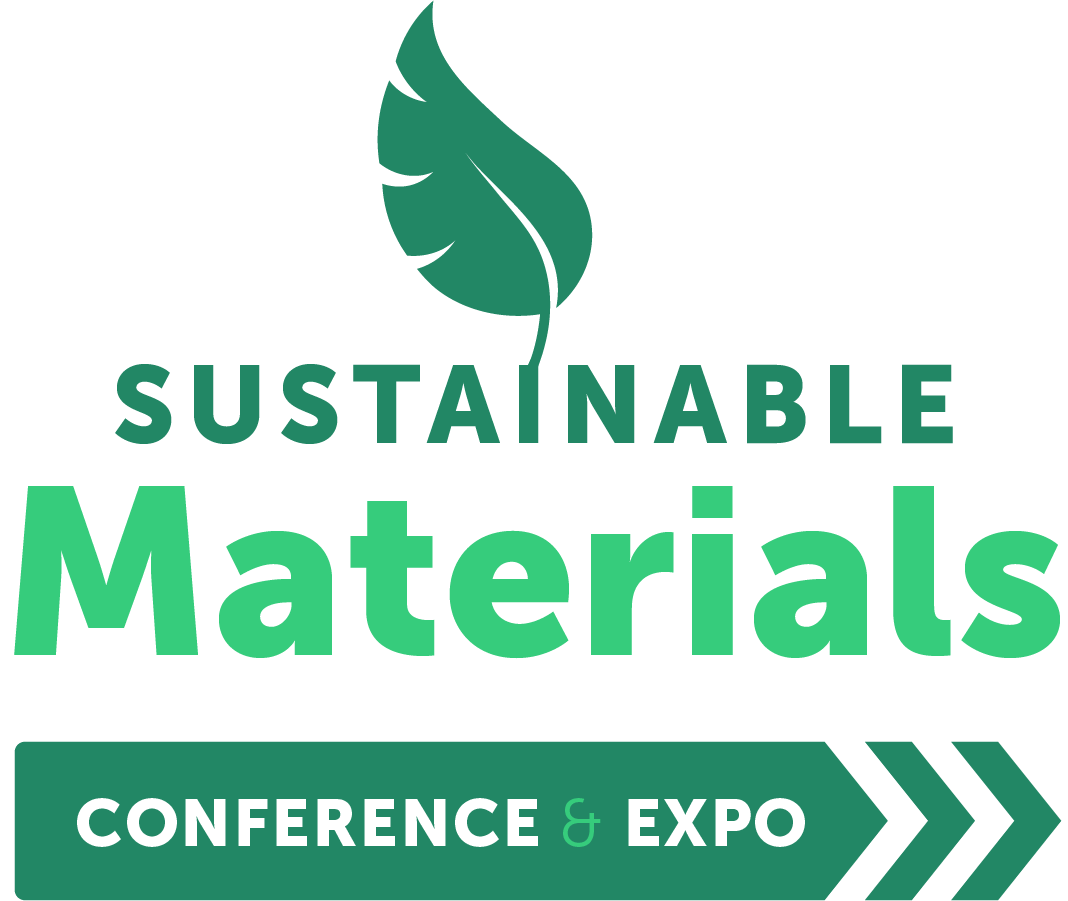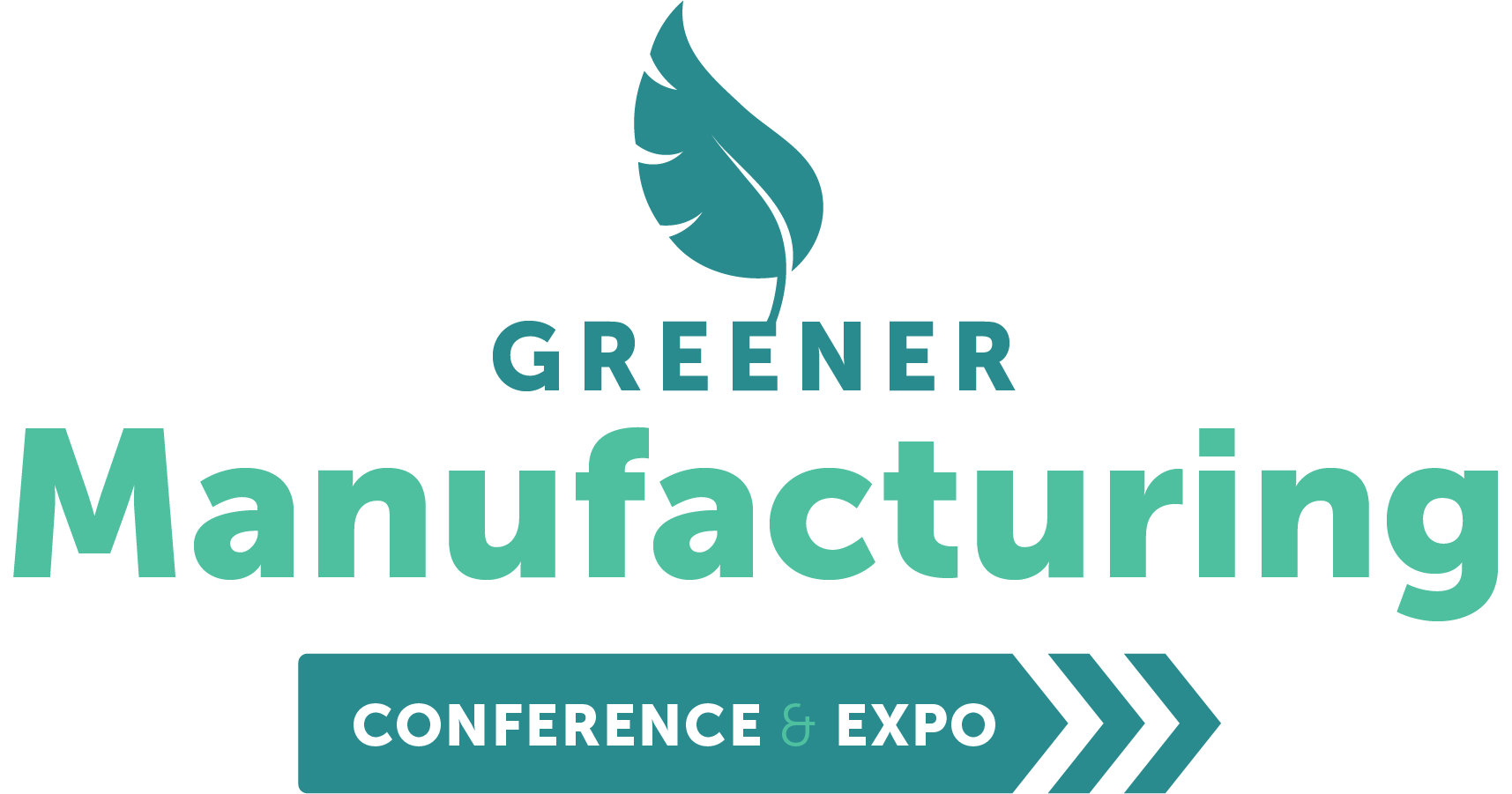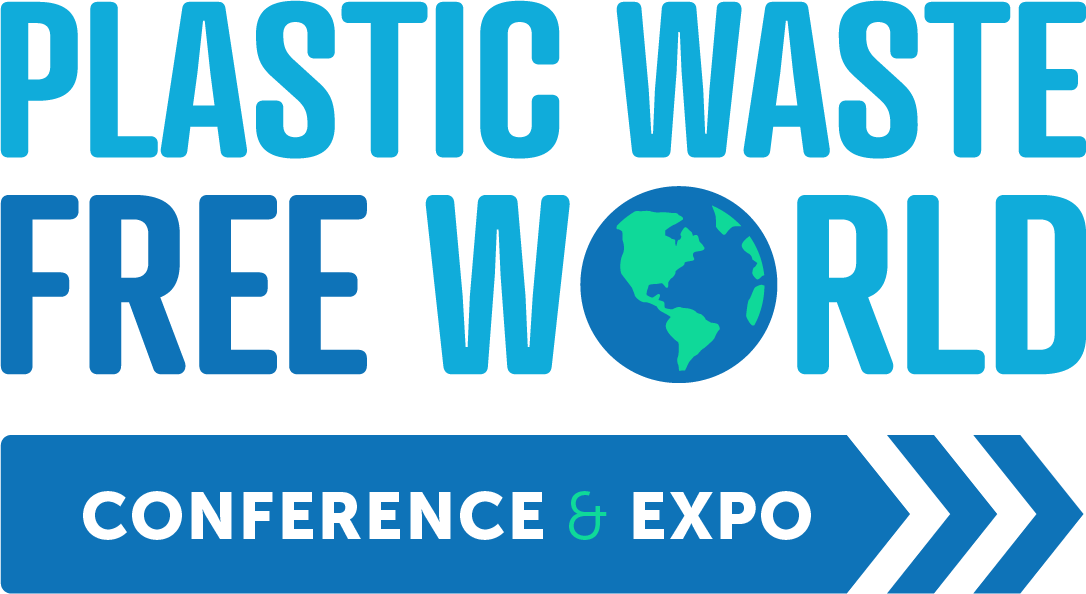Integrating of Carbon Footprint into Material Selection within the CAE Simulation Chain
14 Nov 2024
Sustainable Materials
According to Green Deal, the EU has taken an ambitious goal of reducing greenhouse gas (GHG)
emissions by at least 50% by 2030, whilst Germany set a yet more aggressive goal of reducing
GHG emissions by 65%. This has been supported by set of new regulations, such as The
Corporate Sustainability Reporting Directive (CSRD), which introduces mandatory sustainability
reporting for all enterprises, and Carbon Border Adjustment Mechanism (CBAM), aimed to stop
carbon leakage and put a fair price on the carbon emitted during the production of carbon intensive
goods that are entering the EU. Complete supply chains, regardless of the location of participants,
will therefore need to adapt their activities quickly to these regulations, starting from the initial
conceptualization and design of a product till the end of its life.
On the other hand, materials with their production and processing represent a major contributor to
GHG emissions, with the increase by 120% from 5 billion metric tons CO2-equivalent (GtCO2e) in
1995 to 11Gt in 2015, raising their share of the global total from 15 to 23%, with forecasted further
increase. In most cases, materials are by far the biggest contributor to the products carbon
footprint, at least until the product has been produced.
Consequently, the importance of accurate and optimal material selection in the early phases of
product design and CAE simulations can never be overstated. Besides classical engineering
considerations such as mechanical performance and cost, new aspects need to include carbon
footprint and environmental impact, as well as lightweight optimization, compliance with regulations
and optimizing sourcing and supply chain, in order to optimize related emissions. This paper
presents recent developments designed to help engineers in the CAE simulation field to cope with
these challenges.
emissions by at least 50% by 2030, whilst Germany set a yet more aggressive goal of reducing
GHG emissions by 65%. This has been supported by set of new regulations, such as The
Corporate Sustainability Reporting Directive (CSRD), which introduces mandatory sustainability
reporting for all enterprises, and Carbon Border Adjustment Mechanism (CBAM), aimed to stop
carbon leakage and put a fair price on the carbon emitted during the production of carbon intensive
goods that are entering the EU. Complete supply chains, regardless of the location of participants,
will therefore need to adapt their activities quickly to these regulations, starting from the initial
conceptualization and design of a product till the end of its life.
On the other hand, materials with their production and processing represent a major contributor to
GHG emissions, with the increase by 120% from 5 billion metric tons CO2-equivalent (GtCO2e) in
1995 to 11Gt in 2015, raising their share of the global total from 15 to 23%, with forecasted further
increase. In most cases, materials are by far the biggest contributor to the products carbon
footprint, at least until the product has been produced.
Consequently, the importance of accurate and optimal material selection in the early phases of
product design and CAE simulations can never be overstated. Besides classical engineering
considerations such as mechanical performance and cost, new aspects need to include carbon
footprint and environmental impact, as well as lightweight optimization, compliance with regulations
and optimizing sourcing and supply chain, in order to optimize related emissions. This paper
presents recent developments designed to help engineers in the CAE simulation field to cope with
these challenges.
